MXB-JDBU Self-Lubricating Casting Bronze Bearing
Cat:Self-Lubricating Bearing
MXB-JDBU Self-Lubricating Casting Bronze Bearing is a high-performance solid lubricating product inlaid with graphite or mos2 solid lubricant on a hig...
See DetailsCarbon graphite bushings play a significant role in noise reduction in mechanical systems due to several key characteristics:
Self-Lubrication:
Carbon graphite is inherently self-lubricating, which means it can reduce friction between moving parts without the need for additional lubricants. This reduction in friction minimizes wear and tear, leading to quieter operation.
Damping Properties:
Carbon graphite has excellent damping properties, which help absorb vibrations. By dampening vibrations that occur during operation, these bushings can significantly reduce the transmission of noise throughout the mechanical system.
Low Friction Coefficient:
The low friction coefficient of carbon graphite bushings allows for smoother motion between moving components. This smooth interaction results in less noise compared to systems using metal or plastic bushings, which may produce more audible frictional noise.
Reduced Impact Noise:
In applications where parts may experience impact or shock loading, carbon graphite bushings can help cushion these impacts, reducing the noise generated by sudden movements or contact between components.
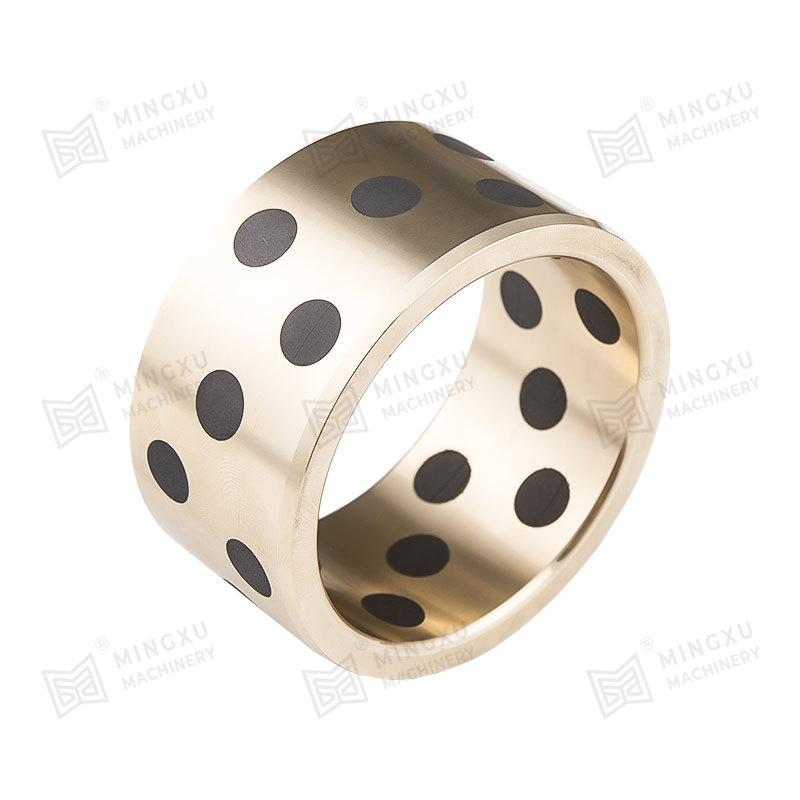
Vibration Isolation:
By providing a flexible interface between parts, carbon graphite bushings can help isolate vibrations. This isolation prevents vibrations from being transmitted to the surrounding structure, which can reduce overall noise levels.
Thermal Stability:
Carbon graphite bushings maintain their performance under varying temperatures, which helps ensure consistent operation. This consistency contributes to steady performance and reduced noise over time.
Long Lifespan:
The durability of carbon graphite bushings leads to less frequent replacements and maintenance, resulting in reduced downtime and fewer disturbances that can contribute to noise.
Design Flexibility:
Carbon graphite bushings can be designed in various shapes and sizes to fit specific applications, allowing for optimal placement in mechanical systems where noise reduction is critical.

MXB-JDBU Self-Lubricating Casting Bronze Bearing is a high-performance solid lubricating product inlaid with graphite or mos2 solid lubricant on a hig...
See Details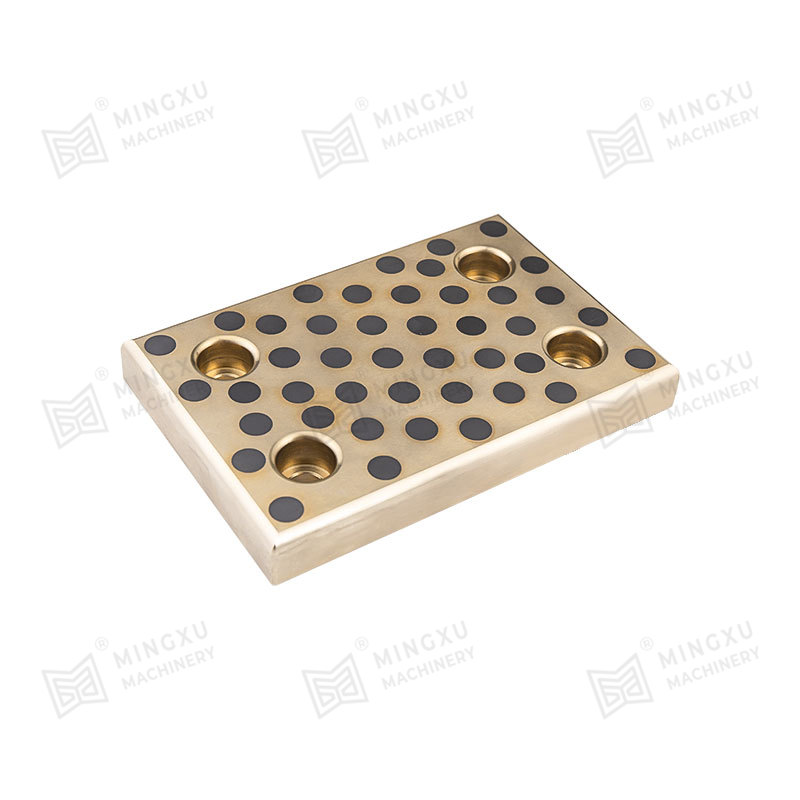
MXB-JESW slide plates are 2-hole and 4-hole wear-resistant heavy-duty slide plates. They are standardized products and compatible with many brands, su...
See Details
MXB-JUWP self-lubricating wear-resistant plate is a 5mm thick self-lubricating graphite inlaid wear-resistant plate developed and produced by Mingxu M...
See Details
MGB9834 DIN9834 standard guide bushing complies with DIN9843 standard and is suitable for European automotive stamping dies. It is designed to provide...
See Details
MGB61 NAAMS Standard Guide Bushing is a reliable solution for precise, smooth guide applications. This guide bushing is designed to meet NAAMS standar...
See Details
Circular guides are frequently used in automobile panel molds and large stamping molds. The mold base and unloading plate guides usually use self-lubr...
See Details
MPW VDI3357 Standard Wear Plate is made by inlaying special solid lubricant in the appropriate position. The metal base material supports the load and...
See Details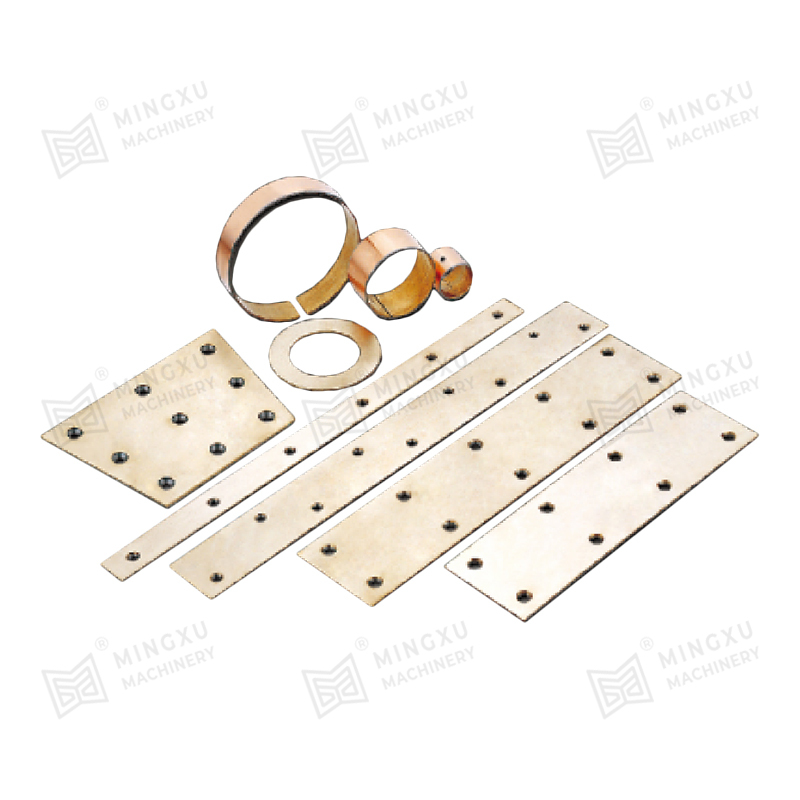
MX2000-1 graphite embedded alloy bearing, MX2000-1 graphite scattered alloy bearing is an improved product of JF800 bimetallic bearing. It has the pre...
See Details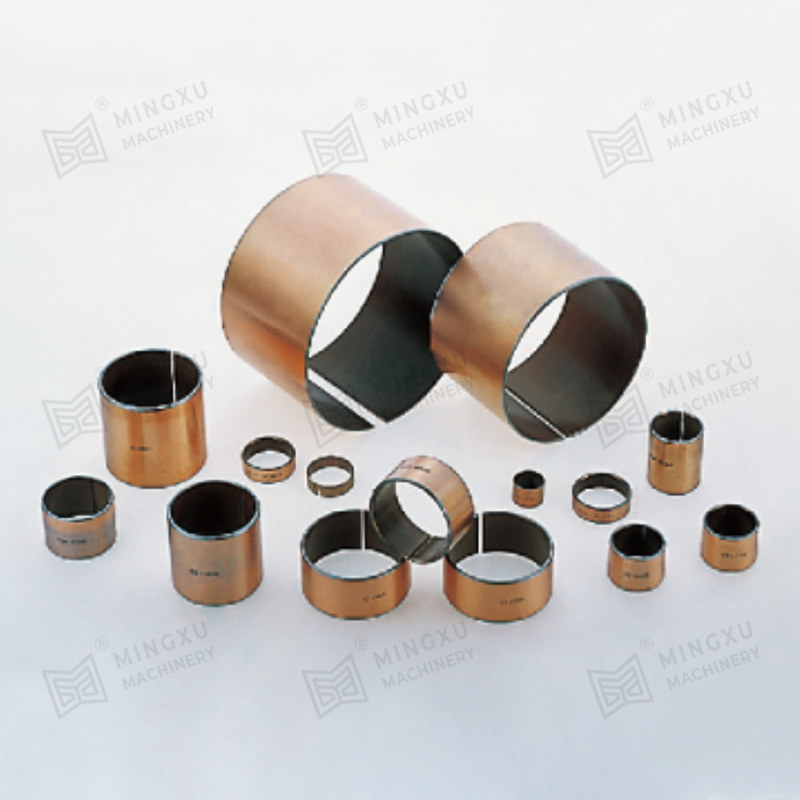
SF-1P reciprocating bearing is a novel formula product designed based on the structure of SF-1X material and according to the special common condition...
See Details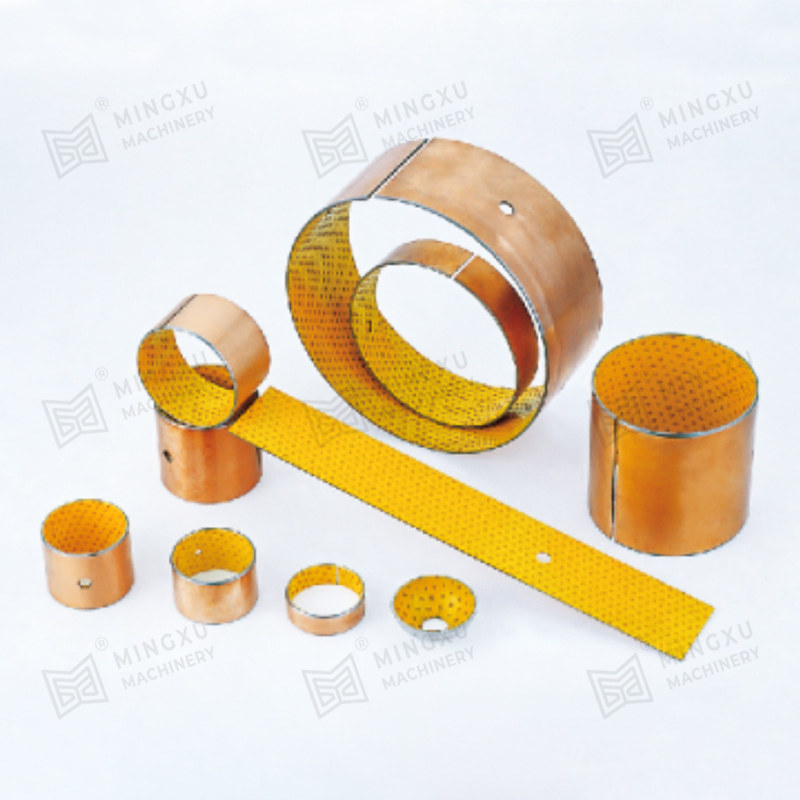
Boundary lubricated lead-free bearings are improved on the basis of SF-2. Its performance is the same as SF-2, but the surface does not contain lead, ...
See Details
Contact Us